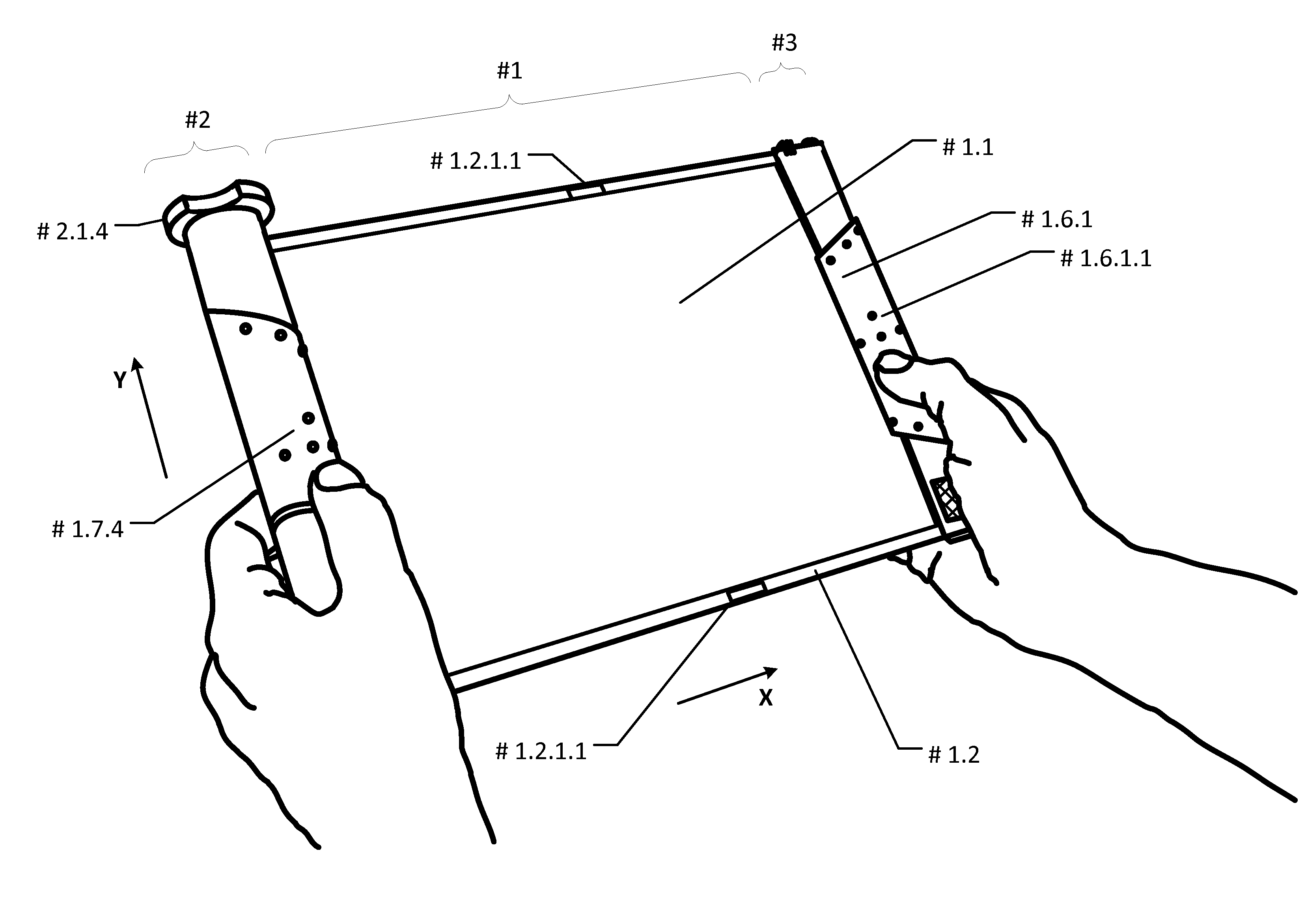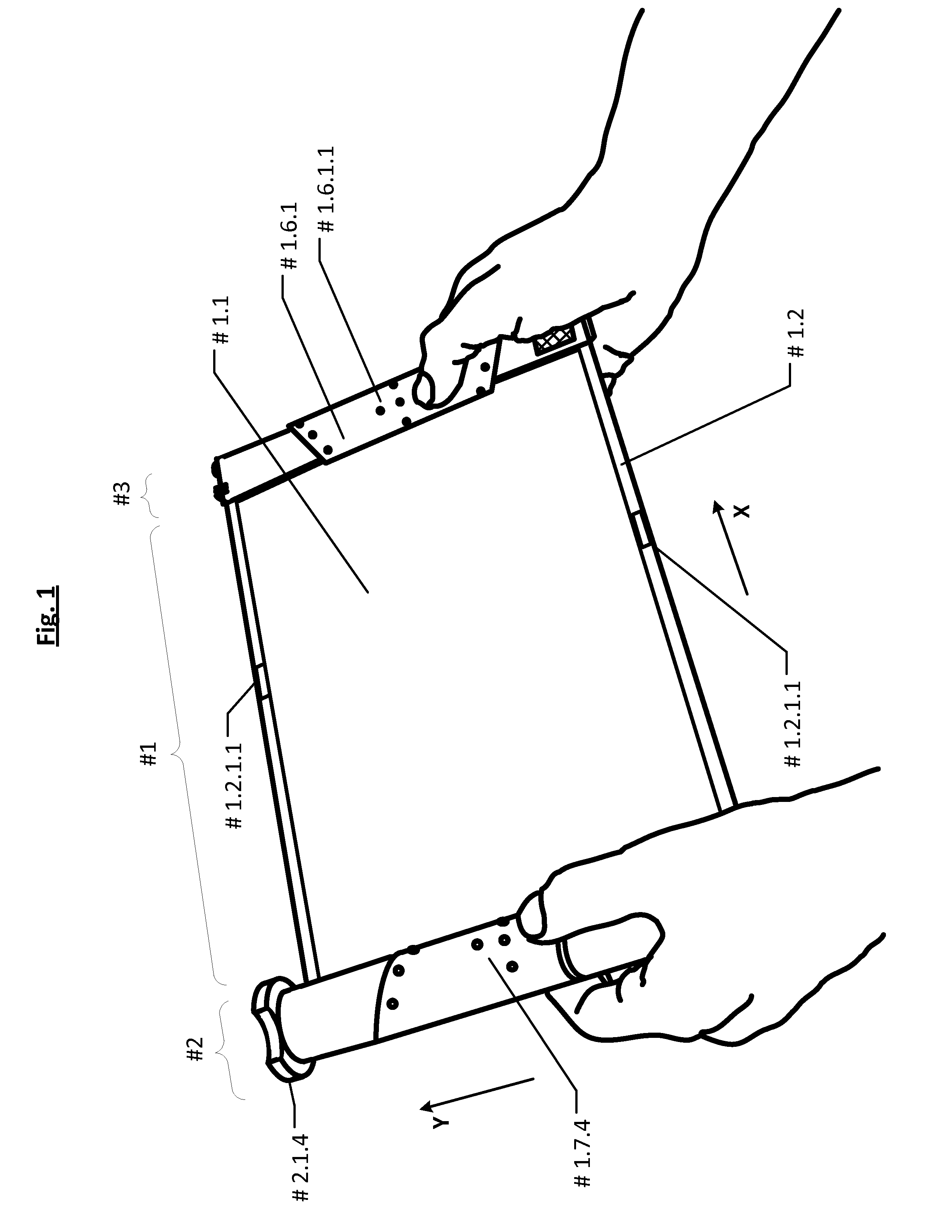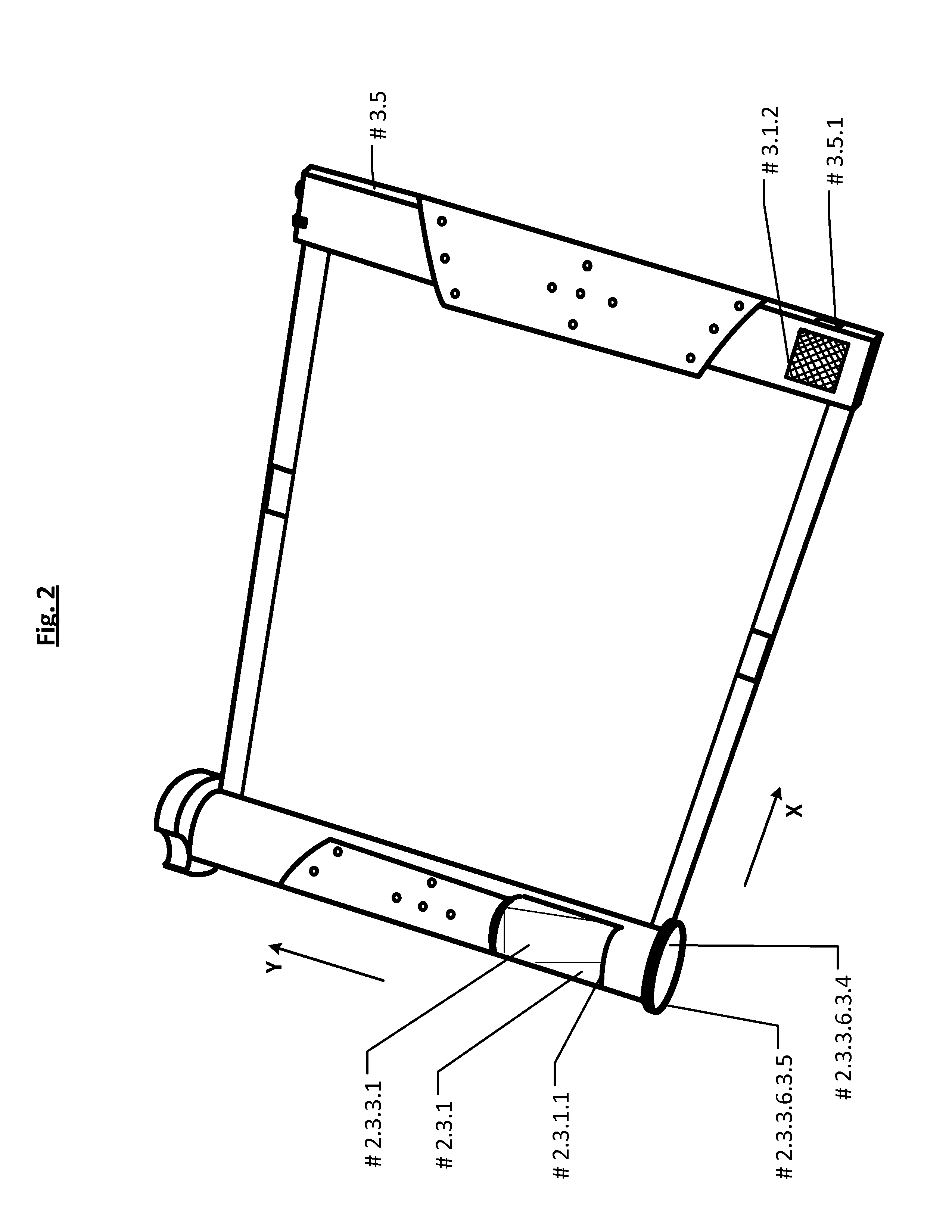However, their other characteristics important for consumers—general and specific
usability, operational convenience,
data security, physical reliability, upgradeability, battery life—have stayed at approximately same levels or even deteriorated.
In many cases, the
limiting factor preventing tablets and smartphones to perform the majority of tasks small
laptop PCs (ultrabooks) are used for, is not processor speed (computational power) or memory size or battery life—it's insufficient
user interface capabilities.
The existence of the vast majority of such devices in a single form factor only (namely the flat planar one), without any shape or form factor conversion capabilities, is becoming a
limiting factor not only for
functional expansion, but for attempts of designers to bring operational convenience and reliability of such devices to a
normal level easily achievable (for a subset of functions supported by a common smartphone or tablet) by many alternative devices, for example watches, cameras and computer keyboards.
The flat planar form factor with a large display on one side and fixed main camera on other side is generally suitable for a multitude of possible applications but fits well only a few of them and creates significant handling inconvenience and operational problems for others.
Such mode of handling, combined with narrow, often slippery sides of the unit, highly increase chances of the device being dropped and broken or lost.
Bottom line is that the prevalent form factor with a large touch-sensitive display on one side of a flat planar body does not allow the user to have a convenient grip, required not only when shooting photos or videos but also in many other common situations: phone call,
video chat,
interactive video game etc.
Moreover, many smartphones made in the last couple of years are too wide to be carried comfortably in a pocket or operated by one hand.
Text
typing using a
virtual keyboard on a tablet or a smartphone is another example of a very inconvenient operation.
There's no reliable tactile feedback from virtual keys (especially before they are actually pressed) so
typing is slow and prone to errors.
The few available models featuring mechanical keyboards bring additional problems such as increase in device size and weight, decrease in
display size, and mechanical keys being still too small to be convenient.
As a rule, the keys are located in the same plane as the display so convenient desktop operation is not possible.
The last problem also applies to a recently introduced solution featuring a combination of a displayed
virtual keyboard and a physical protrusions appearing permanently or on-demand at the display surface over virtual keys.
Even traditional full-size mechanical keyboards used in a bundle with desktop PCs, laptops, tablets and smartphones have significant drawbacks: they are bulky items that cause strain to user's eyes (because for many users their
sight has to be constantly switched between the display and the keys) and to user's hands (because the palms have to be kept raised above the
desk surface and constantly moved).
Unfortunately, these accessories often bring their own inconveniences: they reduce portability of the device and oblige the user to carry, store and locate additional pieces, including chargers or other accessories for accessories.
If a smartphone or a tablet is carried in a pocket or a bag, it may take few seconds or even more time for the user to locate, take and activate it.
The lack of physical buttons also contributes to such delays because the user has to use long menu paths and / or virtual controls requiring
visual attention and therefore a specific positioning of the device body to operate.
Even interaction with common accessories while performing standard tasks may present a problem.
A smartphone can easily become misplaced, forgotten in a pocket or a bag, lost or stolen.
Usage of
wireless earpieces is limited by additional overhead these devices bring in the form of necessity to store the small device, to track / remember its location, to charge it separately and possibly carry additional accessories for this accessory.
The problem is not only in necessity to buy and carry two or three devices of different types, together with many accessories, to fulfill daily tasks.
The real magnitude of this
consumer problem lies in the fact that many of the common tasks (such as photo / video shooting, text
typing, gaming, professional applications etc.) are not supported with satisfactory levels of efficiency, flexibility and convenience, even by the most suitable representatives of the three device classes.
However, these prototypes do not solve many of the problems (insufficient
display size, display is not kept flat, very limited camera size and therefore quality, no convenient text typing mode etc.).
As a result, none of the devices existing currently—either on the market or as a prototype is capable of efficiently replacing a smartphone, a tablet, an ultrabook and a high-quality point-and-
shoot camera at the same time.
 Login to View More
Login to View More  Login to View More
Login to View More 


